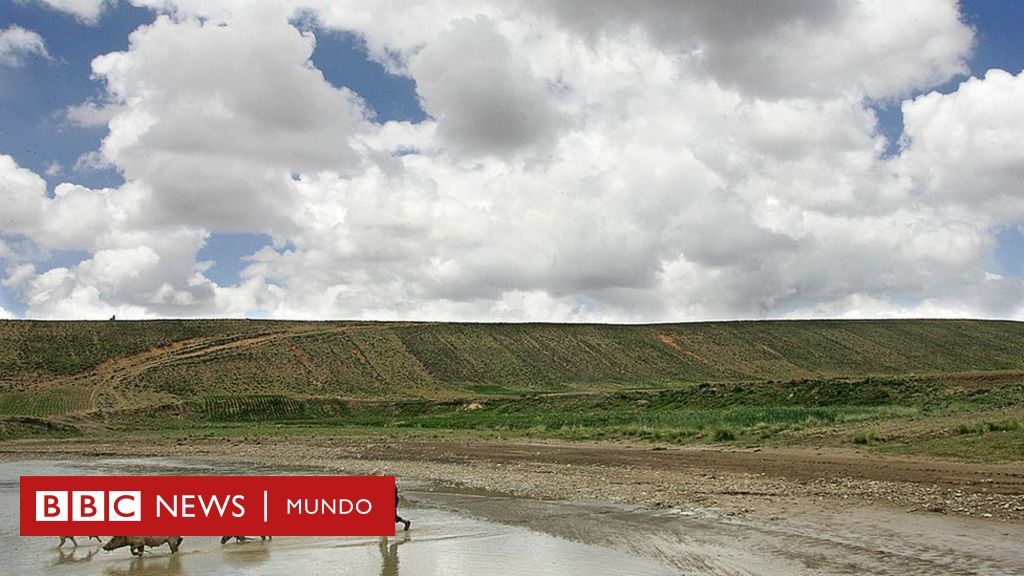- Drafting
- BBC News World
—
Image source, Getty Images
—
The IPCC foresees a change in the pattern of rainfall and more days of drought in the Latin American region.
–
The Intergovernmental Panel on Climate Change (IPCC) analyzed in its report how global warming will change each region of the planet, including Central and South America.
–
Each area will undergo changes that are common to the entire planet and others that are specific to local ecosystems.
–
While IPCC scientists considered that average temperatures have risen throughout the planet and it is very likely that this increase will continue, the effects in each region will have their own characteristics.
–
This is expected in Central and South America.
–
Temperatures
It is “very likely” that average temperatures have risen throughout this region and that they will continue to rise. at a higher rate than the world average.
–
–
On the other hand, marine heat waves are expected to increase – both in intensity and duration.
–
Precipitation
Average precipitation is expected to change, with a very likely increase in precipitation in the northwest and southeast of South America and a probable decrease in precipitation in the northeast and southwest of the continent.
–
Tropical cyclones (with higher rainfall), severe storms and dust storms will be more extremOs in the Caribbean, in the north and south of Central America.
–
Droughts
In both southern Central America and South America an increase in the number of dry days and a higher frequency of droughts.
–
The increase in factors such as dryness, aridity of the soil and the increased risk of forest fires it will have potential consequences in more than one sector, from agriculture, forest conservation, health and ecosystems.
–
Sea level
Relative sea level rise in the oceans surrounding Central and South America is very likely to continue.
–
–
This will contribute to an increase in the number of floods in low-lying coastal areas and to the coastline retreat along most of the sandy shores.
–
Glaciers
In the mountainous area of northern South America, less snow and ice is considered highly probable.
–
The glacier volume loss and permafrost thaw is likely to continue in the Andes mountain range under all scenarios predicted by the IPCC.
–


